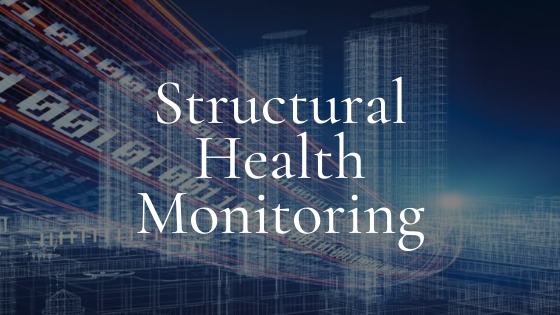
Structural health monitoring is the process of establishing a damage detection for engineering structures such as buildings, bridges etc. It enables us to know the current condition of the structure.
Since any structure gets deteriorate with the passage of time. Therefore it is necessary to have a structural monitoring system.
Qualitative and non-continuous methods have been used to assess structures for their capacity to serve their intended purpose. Vibration monitoring has been used for decades as a performance evaluation technique in rotating machinery.
Objectives of Structural Health Monitoring
- Performance enhancement of an existing structure
- Monitoring of structures affected by external factors
- Feedback loop to improve the future design based on experience
- Assessment of post-earthquake structural integrity
- A decline in construction and growth in maintenance needs
- The move towards performance-based design philosophy
Steps of Structural Health Monitoring
- Detecting the occurrence of damage on the structure
- Locating the damage
- Identifying the types of damage
- Quantifying the severity of the damage.
Health assessment of engineered structures
Structural Health Monitoring can be applied to various infrastructures from bridges to skyscrapers.
It includes the following four-step process:
Operational Evaluation: It attempts to answer what is life safety or economic justification for performing SHM. It also answers how is damage defined for the system being investigated.
Data acquisition, normalization and cleansing: This involves selecting the excitation methods, the sensor types, number and locations, and the data.
Feature selection and information condensation: This is the area of the SHM process that receives the most attention in the technical literature is the identification of data features that allows one to distinguish between the undamaged and damaged structure.
Statistical model development for feature discrimination: Statistical model development is the portion of the SHM process that has received the least attention. It is the development of statistical models to differentiate between features from the undamaged and damaged structures.
Structural Health Monitoring of Large bridges:
SHM of large bridges can be carried out by simultaneous measurement of loads on the bridge and effects of these loads. It includes monitoring of Wind and weather Traffic Prestressing and stay-cables, deck, ground.
With this knowledge, we can:
- Estimate the loads and their effects
- Estimate the state of fatigue or other limit states
- Forecast the probable evolution of the bridge’s health
Some Barriers in SHM
- High installation costs
- Size and complexity of large structures require a large number of sensors
- Conventional cables are inefficient in SHM
- Results are vulnerable to earthquake or noise corruption.
References: Structural Health Monitoring-Wiki
Also Read: Structural Audit

